The Yaku Pacha Project_
Since 2018, the Urku Center has been developing an aquarium that replicates some aquatic habitats of the Amazon. Open to the public since 2023, this aquarium exclusively uses rainwater and renewable energy.
In collaboration with Fishipedia, the center strives to increase the biological representation of Amazonian species and biotopes while organizing awareness and conservation campaigns for local wildlife.
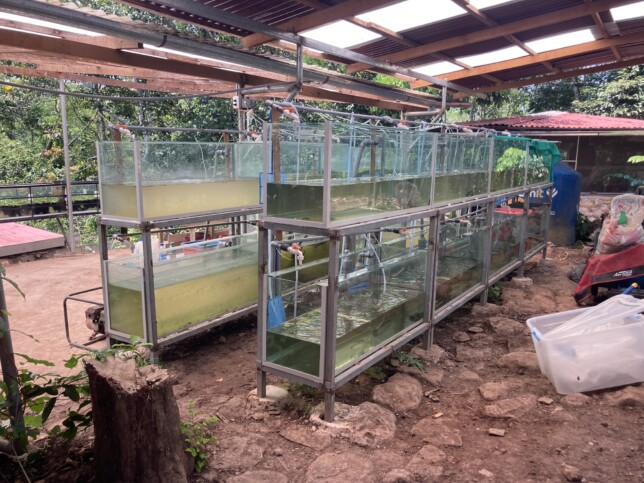
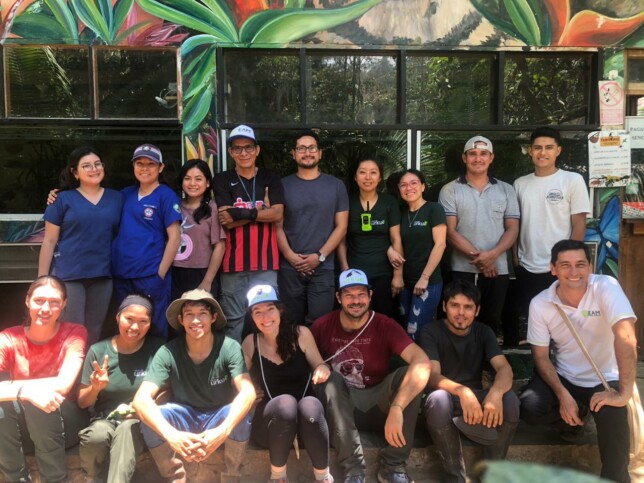
The objectives of the Yaku Pacha project
Scientific research and outreach
Scientific fishing missions in the Peruvian Amazon help identify and describe fish and other aquatic species in collaboration with national and international researchers. The management of fish databases is carried out on the Fishipedia platform, which provides signage systems for the structure and shares useful data with partners like Fishbase.
Awareness and education
The management of Amazonian biotopes in the « Yaku Pacha » aquarium at Centro Urku is a priority. We are working to increase rainwater storage capacity to 500,000 m³ and to optimize the aquarium’s life support systems using hybrid energies and semi-automated systems. We are developing communication projects to raise public awareness about the protection of aquatic areas.
Conservation of hydrobiological diversity
We aim to provide technical support to fishing communities (ornamental fish trade, subsistence fishing) for responsible management of aquatic ecosystems. Our efforts include the breeding and repopulation of important fish species in natural ecosystems. We also promote local standards and closure periods to protect hydrobiological resources.
Centro Urku: Refuge for Threatened Wildlife
Centro Urku embodies a community deeply rooted in the Amazon, guided by principles of justice and harmony with nature. By promoting learning, research, and alternative development models in collaboration with indigenous peoples, their vision extends towards building pluralistic, just societies in harmony with the Amazonian nature. As a refuge for threatened wildlife, the center’s team is committed to preserving the unique richness of regional ecosystems for future generations.
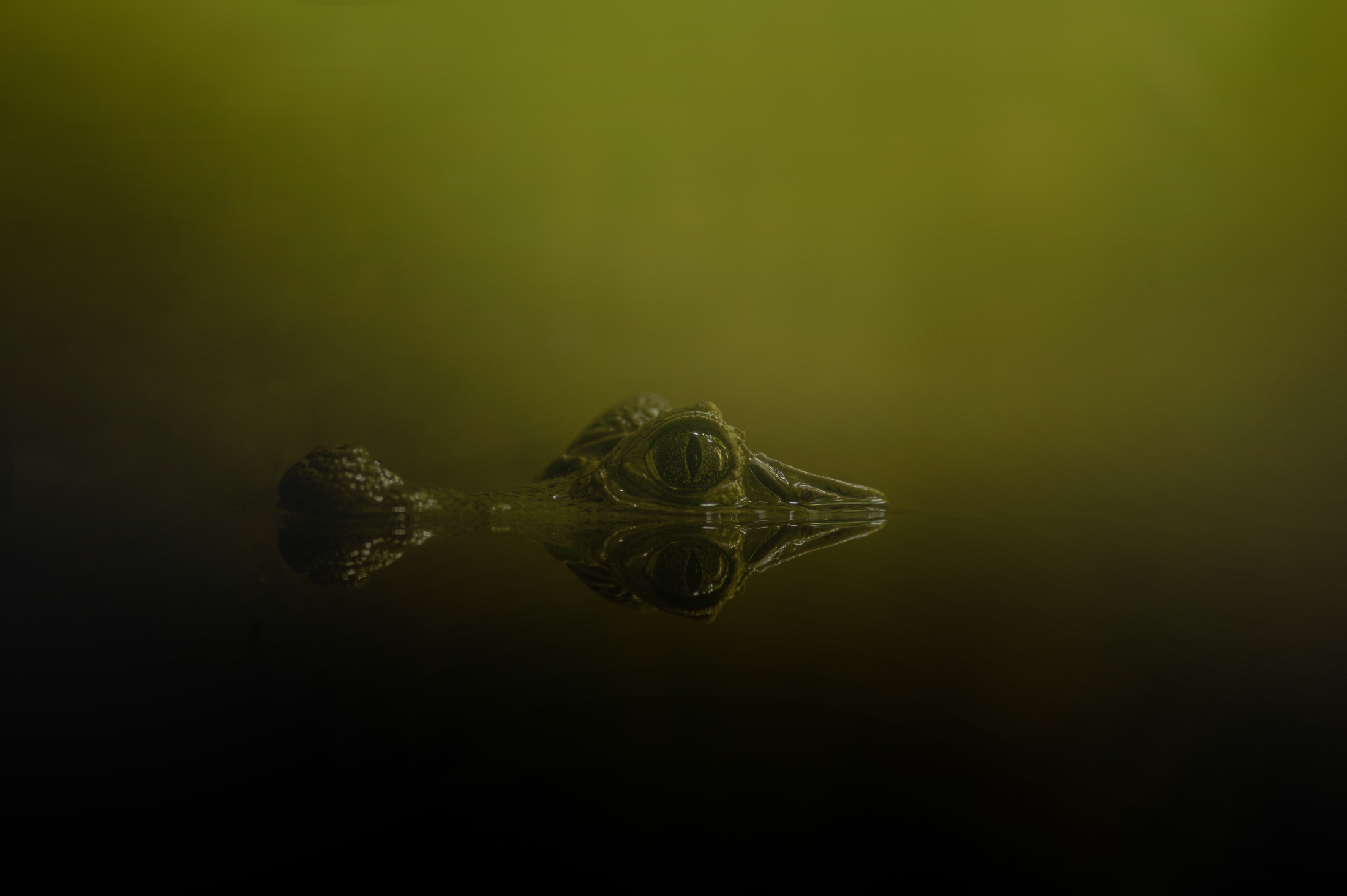
Ongoing Imbalances and Threats to Biodiversity
The Loreto region, particularly around Iquitos, is a hotspot for illegal wildlife trade. The illegal exploitation of wildlife resources in these areas is also facilitated by organized criminal networks that take advantage of weak oversight and limited law enforcement. Conservation and protection efforts are often hindered by insufficient resources and limited infrastructure to combat these illegal activities. Poaching and illegal hunting pose major threats to biodiversity in the San Martín and Loreto regions of Peru.
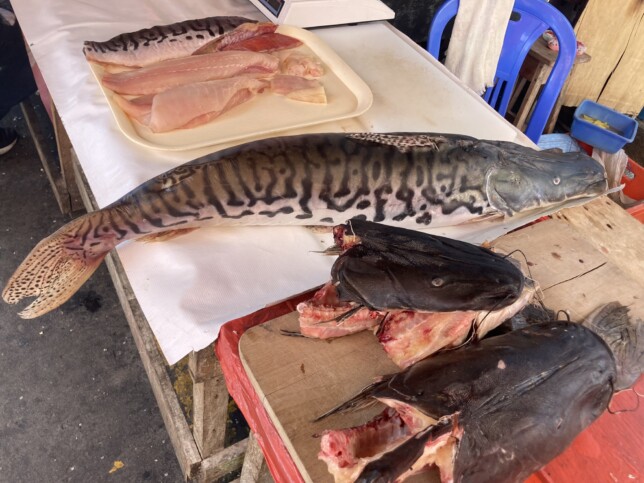
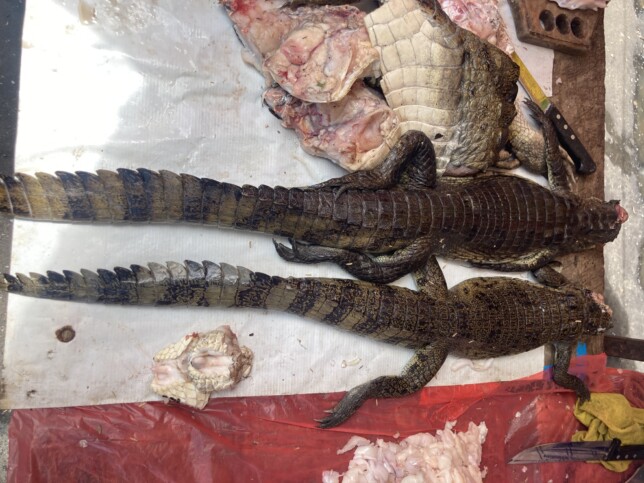
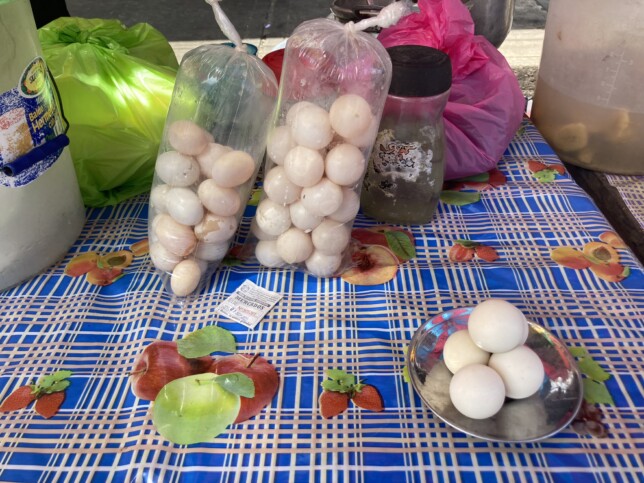
Moreover, invasive aquatic species, notably tilapia, pose a significant threat to the aquatic ecosystems in these regions. Introduced for aquaculture, tilapia has invaded numerous habitats, causing ecological imbalances. It competes with native species for food and habitats, disrupting local biodiversity. Furthermore, its introduction and farming, often unregulated, continue to present major challenges for the conservation of aquatic ecosystems and for the food security of local communities.
The San Martín region (Tarapoto)
Over the past 30 years, the San Martín region in Peru has undergone significant degradation of its forests and rivers due to various human activities. Deforestation in this area has largely been driven by agricultural expansion, particularly for coffee and cocoa cultivation, as well as illegal logging and cattle ranching. Between 2001 and 2020, San Martín lost a considerable portion of its forest cover, resulting in negative impacts on local ecosystems, including soil erosion and disruption of hydrological cycles.
The quality of river water has also been affected by this deforestation and intensive land use, with a notable increase in pollution from agriculture, chemical spills, and mining activities. These factors have led to significant degradation of aquatic biodiversity in the San Martín region.
The Loreto region (Iquitos)
The Loreto region, where the city of Iquitos is located, has experienced significant degradation of its forests and rivers over the past 30 years. Agricultural expansion, particularly for staple crops such as palm oil and soybeans, along with illegal logging, have been major factors in deforestation.
Wildfires, often intentionally triggered for agricultural clearing, have also contributed to the degradation. These fires have become more frequent due to climate change and prolonged dry seasons, exacerbating the destruction of natural habitats.
Pollution of rivers from mining activities and the use of pesticides in agriculture has also had a detrimental impact on aquatic biodiversity. Mercury contamination from gold extraction has particularly affected waterways and fish communities.
The Area of Action
The Yaku Pacha project covers an area of over 500 km. This region boasts a vast biodiversity, both terrestrial and aquatic.
The Urku Center is located in Tarapoto, in the southwest of the map, at an altitude of 350 meters (intermediate Amazon). The center’s team collaborates with fishermen from a community located in Iquitos, a major transit point for ornamental fish from the lower Amazon.
Between Tarapoto and Iquitos, many areas are inaccessible by road, only reachable by waterway.

Main Species Families Studied
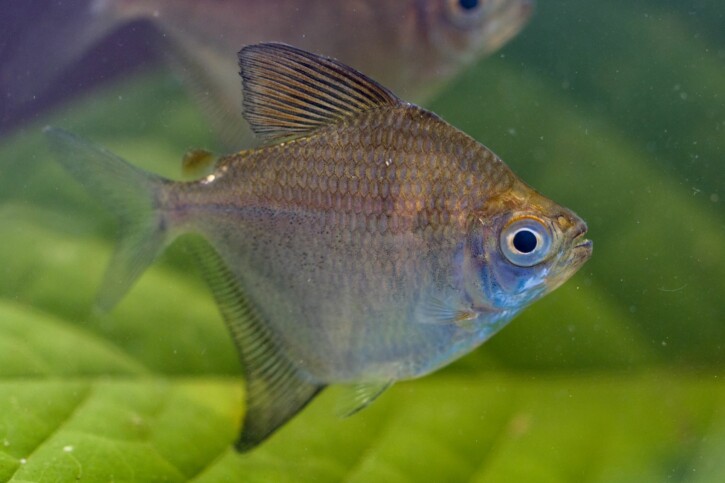
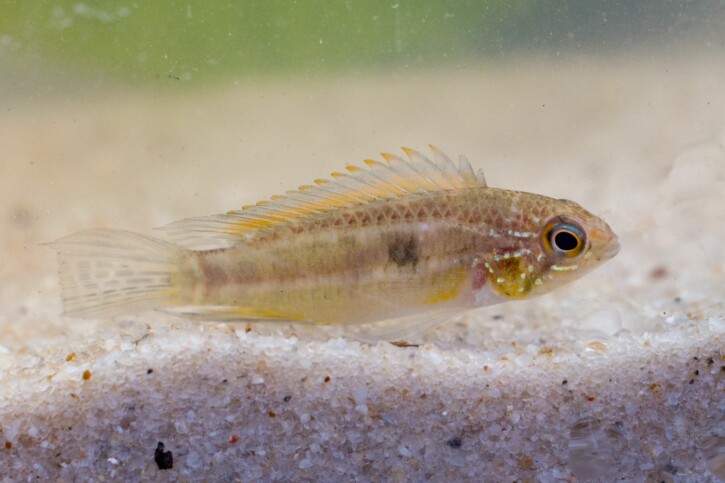
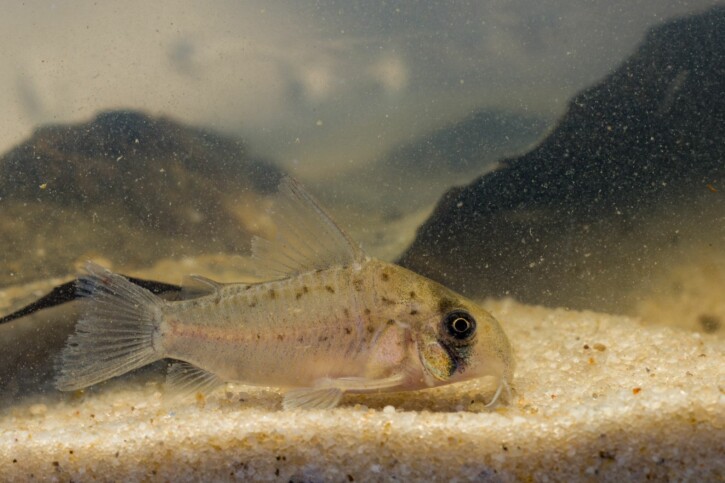
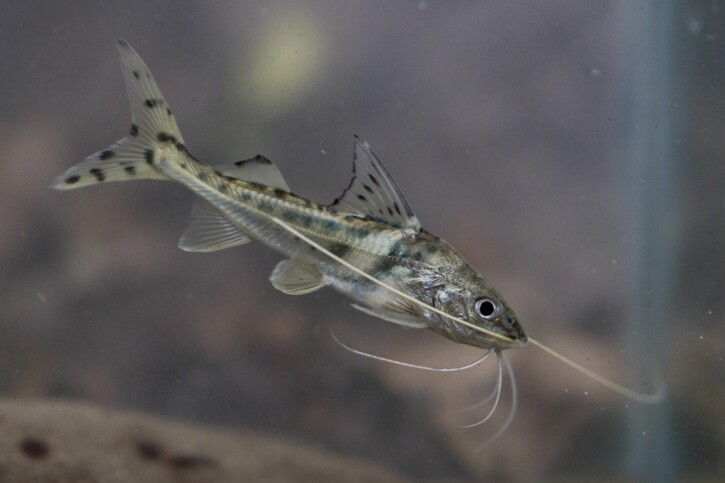
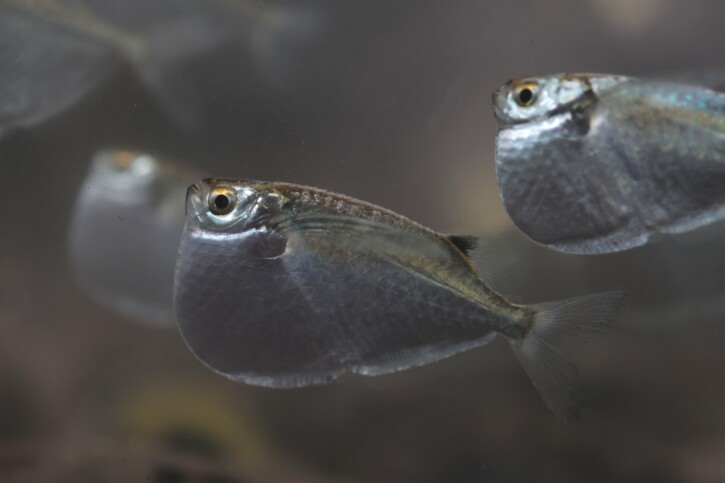
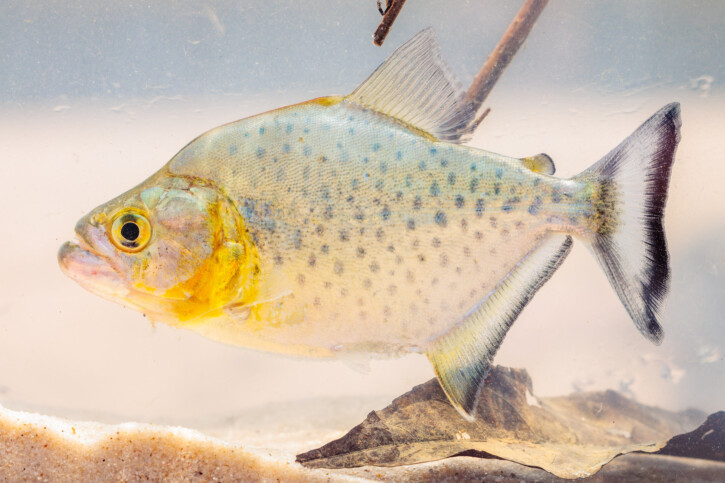
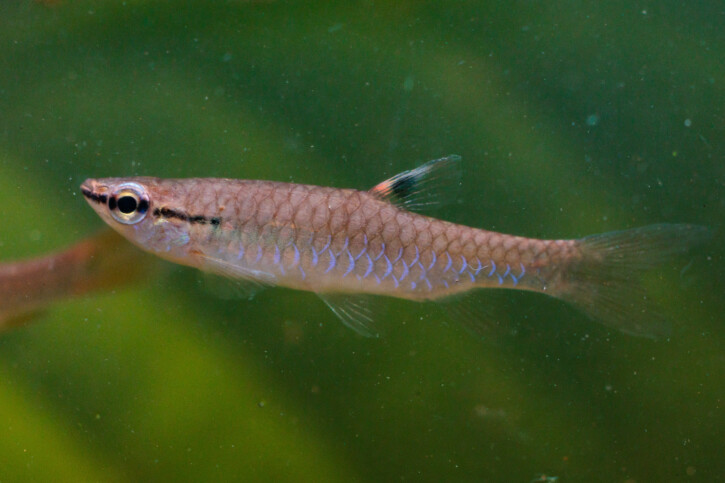
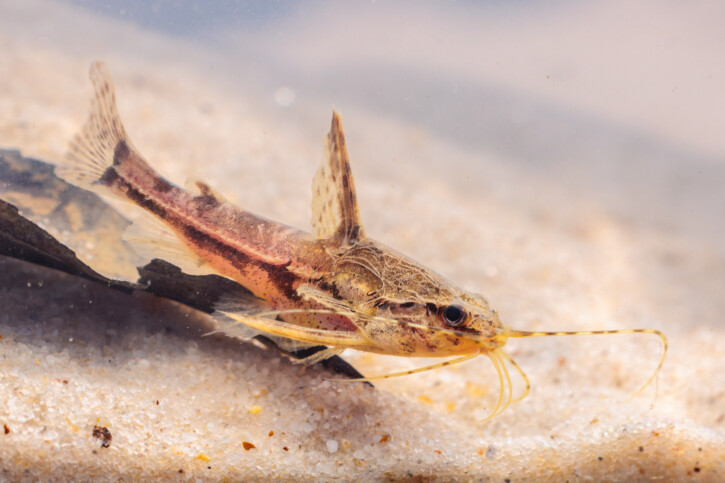
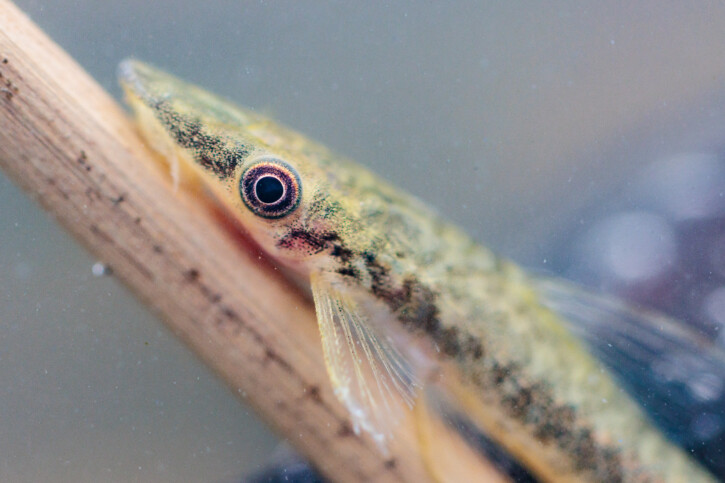
Research focuses on freshwater fish from the low, mid, and high Amazon. These regions host considerable aquatic biodiversity due to their complex network of rivers, lakes, and wetlands. Among the charismatic species are piranhas, represented by species such as Serrasalmus rhombeus and Pygocentrus nattereri, as well as angelfish, Apistogramma, and many tetras and Corydoras.
September 2023: Photographic Inventories of the Río Nanay
Accompanied by professional photographer and Fishipedia partner Xaime Beiro, we spent five days in the field to inventory characteristic species from different ecosystems. We photographed over 100 species, both day and night. The goal is to characterize these animals and complete the food webs within the Fishipedia encyclopedia.
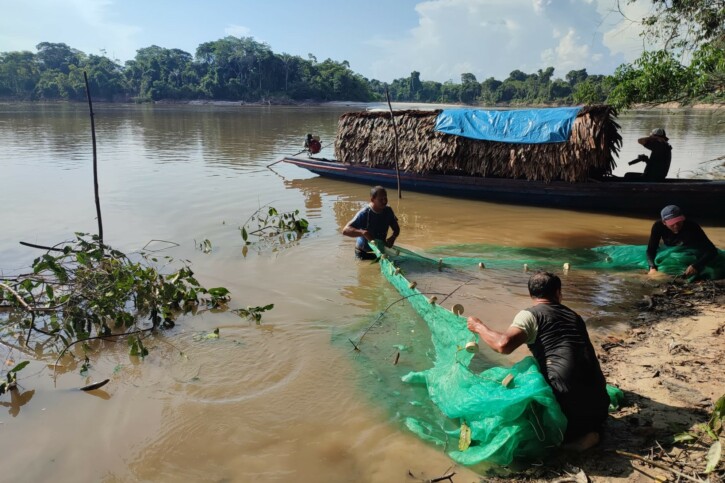
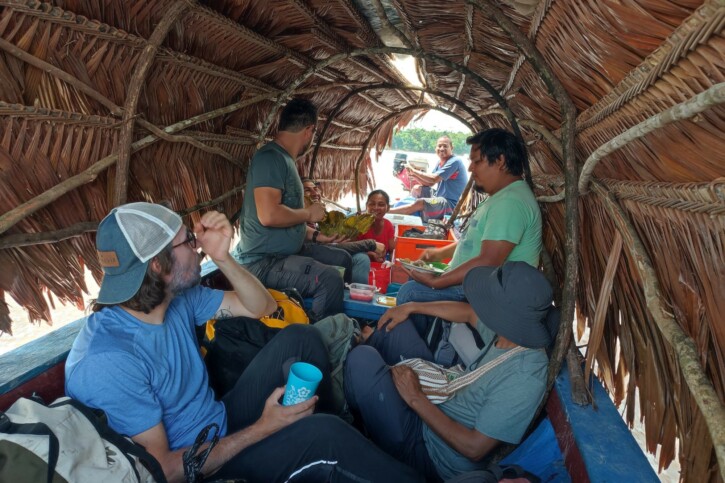
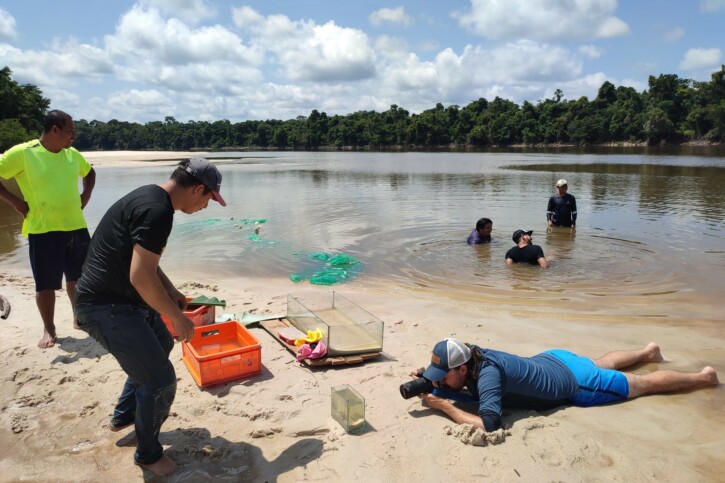
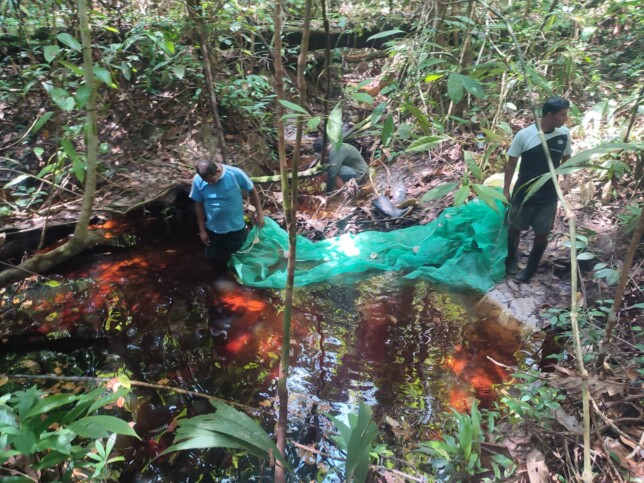
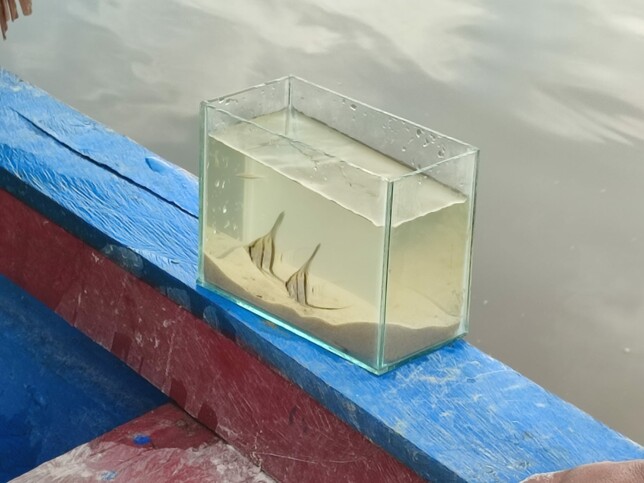
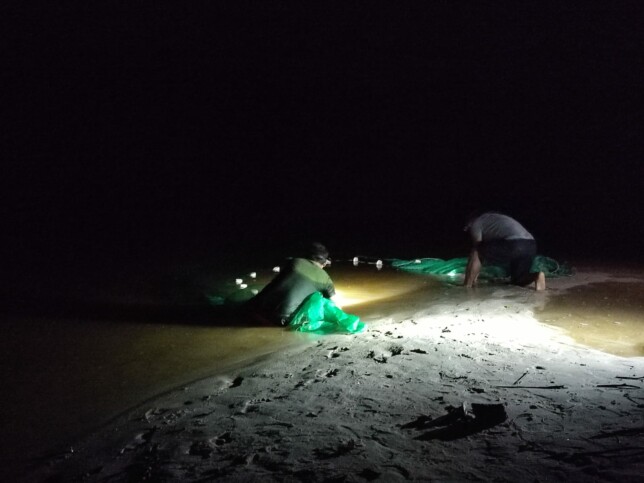
Partners of the Project
JBL: Peru Expedition 2025
The Yaku Pacha project is supported by JBL, which will organize one of its expeditions in partnership with the center in 2025.
The expedition will start in Iquitos, on the banks of the Amazon. In the black waters of the Río Nanay, participants will discover the rich ecosystems of the region and many iconic species (angelfish, Corydoras, tetras…). The second part of the trip will take place in Tarapoto and will be dedicated to snorkeling explorations of the crystal-clear rivers around the Urku center. Nature enthusiasts can join this expedition by signing up HERE.
Truffaut: Biotope Aquarium Río Nanay
As part of the Fishipedia / Truffaut partnership, we created a biotope aquarium representative of the Río Nanay region, centered around the angelfish. This aquarium is showcased in retail locations and on Truffaut’s YouTube channel.